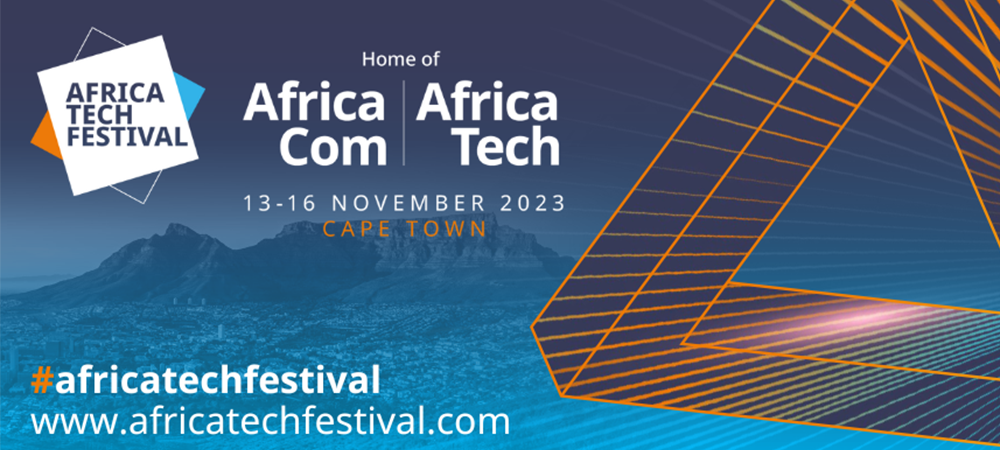Jonathan Nguyen-Duy, Vice President, Global Field CISO Team at Fortinet, explains how technology will change further to enhance remote working.
In 2020, remote work became the norm as organisations worldwide were forced to rapidly shift their operational models. However, even once the COVID-19 pandemic subsides and some employees move back into the office, many others will continue working from home into the future. With this in mind, security and IT teams must adjust their strategies to manage this new hybrid workforce at scale effectively.
While a hybrid workforce has many security implications, there are also many tools out there designed to keep ever-evolving IT infrastructures safe and secure:
- SD-WAN: Allows for high-speed application performance on edges anywhere within the more extensive corporate network, encompassing multiple devices at home, in the office, or on the road.
- Dynamic Cloud Security: With an increased reliance on the cloud, hybrid workforces require dynamic cloud security solutions that protect business-critical applications and workloads across public, private, and hybrid clouds.
- Fortinet Security Fabric: A security platform that enables broad visibility of the entire digital attack surface, integrated solutions, and automated workflows to meet the demands of increasingly complex security ecosystems.
- Information Security Awareness: Training offerings for your workforce that help them spot cyberthreats by understanding who the bad actors are behind attacks, what methods are used for attacks, how to protect themselves, and what key cybersecurity terms they should be aware of.
Because the threat landscape is much broader with a hybrid workforce, companies are realising their security needs are more complex than they were before. Implementing Zero Trust requires solutions like network access control, endpoint protection and SASE, for example, but it cannot end there – this is where something like the Fortinet Security Fabric comes into play. The Security Fabric makes it easy to cover the broader attack surface and manage security in a broad, integrated and automated fashion. It enables security-driven networking, zero trust access, dynamic cloud security, and AI-driven security operations along with seamless integration with an ecosystem of integrated third-party products.
Having the right tools working together is critical for keeping an enterprise protected as its workforce shifts and evolves. That allows a focus on operating technology to manage risks rather than laboring to integrate and automate multiple products from different vendors – hoping it all works under the pressure of an actual incident. This consolidation is most clearly manifested in the evolution form point defence products, to platforms, to security fabrics.
Going forward, organisations of all sizes will be focused on delivering business outcomes and end-user experiences. This means success is defined by optimal network and security performance – working as an integrated solution. This leads to a situation in which networking and security must converge in order to deliver the needed performance for a much more distributed enterprise – across the LAN, WAN and cloud edges.
Click below to share this article






